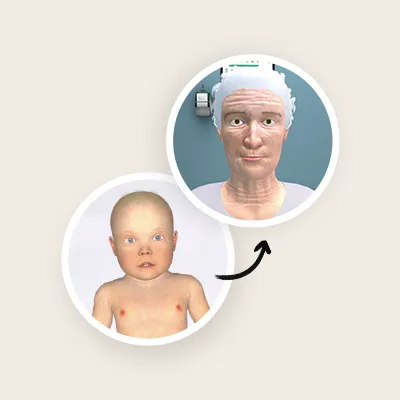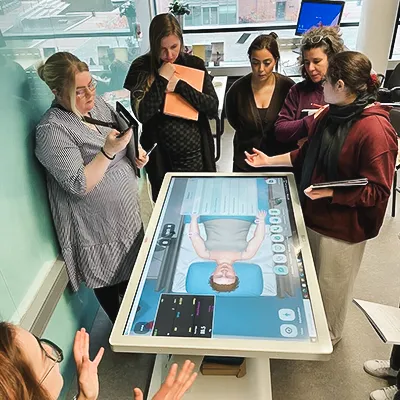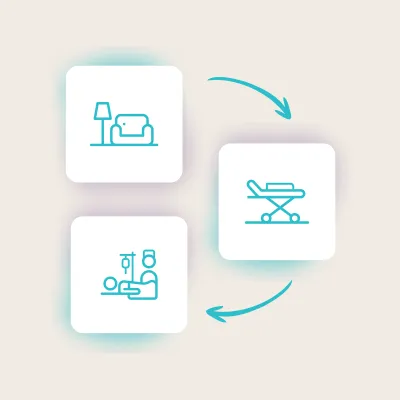The Vital Role of Prioritization in Nursing Education
In the heart of nursing practice lies a fundamental principle: prioritizing patient care!
Nurses, the backbone of healthcare, navigate intricate webs of responsibilities, assessments, and interventions to ensure each patient receives optimal care. However, prioritization in the face of myriad demands is not innate; it’s honed through education, experience, and innovative learning methodologies.
The Essence of Prioritization in Nursing
Patient care is not a one-size-fits-all endeavor. It requires clinical judgment, quick decision-making, and the ability to discern the most pressing needs amidst competing demands. Prioritization in nursing involves identifying and addressing these needs systematically, ensuring that critical interventions are delivered promptly while considering patient acuity and safeguarding safety.
The Challenge of Prioritization in Real-world Settings
In the fast-paced environment of healthcare facilities, nurses face a constant barrage of tasks, assessments, and emergencies. From administering medications to responding to sudden changes in patient conditions, prioritizing care amidst such chaos is akin to navigating a labyrinth!
The consequences of misplaced priorities can be dire, underscoring the importance of equipping nursing students with the skills and mindset necessary to excel in this critical aspect of their profession.
How can simulation help Nurses master priority-setting skills?
Simulation-based learning has emerged as a beacon of innovation in nursing education, offering a safe yet immersive environment for students to develop and refine their prioritization skills. Unlike traditional classroom settings, simulation provides a realistic platform where students can apply theoretical knowledge in simulated clinical scenarios. This approach promotes confidence and crucial clinical judgment skills for effective patient care.
Body Interact — Virtual Patient Simulator
Body Interact—Virtual Patient Simulator—is vital in transforming nursing education. It places students in lifelike clinical settings where they encounter many patient situations and a range of clinical scenarios at different complexity levels and based on different specialties.
Body Interact challenges students to prioritize care effectively while navigating the intricacies of healthcare delivery, from triaging multiple patients in a busy emergency department to managing complex post-operative care.

Empowering Nurses, Enriching Patient Care
In the relentless pursuit of excellence in patient care, prioritization stands as a linchpin, guiding nurses through the complexities of healthcare delivery. Through simulation-based learning, particularly with innovative platforms like Body Interact, nursing education transcends traditional boundaries, empowering students to master the art of prioritization in a safe and supportive environment.
As we usher in a new era of nursing practice, let us recognize the profound impact of prioritizing patient care on individual outcomes and society’s collective well-being.
Embrace Body Interact’s transformative power to elevate nursing education!
Delve into the diverse nursing areas waiting for you!
Schedule a meeting with the Body Interact team
References
Tønnessen S, Scott A, Nortvedt P. Safe and competent nursing care: An argument for a minimum standard? Nurs Ethics. 2020 Sep;27(6):1396-1407. doi: 10.1177/0969733020919137.
Available from: https://www.ncbi.nlm.nih.gov/pmc/articles/PMC7543010
Hackman P, Häggman-Laitila A, Hult M. Prioritization decision-making of care in nursing homes: A qualitative study. Nurs Ethics. 2024 Feb 6:9697330241230513. doi: 10.1177/09697330241230513.
Available from: https://doi.org/10.1177/09697330241230513
By Ana Santa – MSN, APRN









